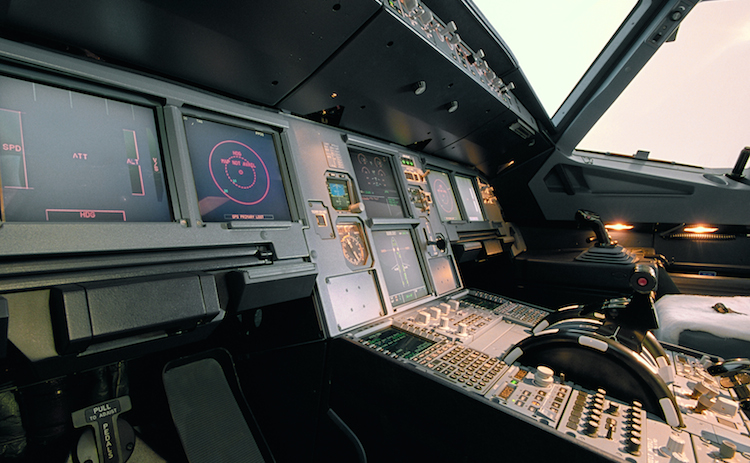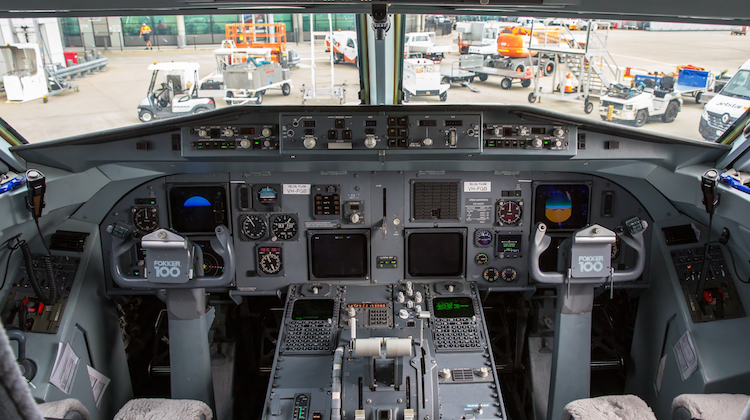
Pilots believe withdrawing from flying duties due to fatigue leaves a negative impression with management, an ATSB report has found.
The findings are in an Australian Transport Safety Bureau (ATSB) report “Fatigue experiences and culture in Australian commercial air transport pilots” published on Tuesday.
The report shows about one-third of pilots surveyed said they had removed themselves from duty in the previous 12 months due to fatigue, usually for between one and three days.
Of those, more than half, or 57.1 per cent, believed their decision to not fly because of fatigue would not be well received.
“The pilots who removed themselves from duty felt they left a ‘slightly negative’ or ‘very negative’ impression with management,” the report said.
“The exception was aeromedical pilots, who indicated they felt they left a ‘very positive’ or ‘slightly positive’ impression.
“Overall, pilots did not feel comfortable in removing themselves from duty, particularly first officers compared with captains.
“Of the pilots who reported removing themselves from duty, around half felt ‘not comfortable’ or ‘rarely comfortable’.”
The report found 39.9 per cent of aeromedical pilots perceived they left a “very positive” or “positive” impression with management when they removed themselves from duty.
However, some 64.1 per cent of long-haul pilots, 63.9 per cent of short-haul pilots and 67.6 per cent of regional pilots perceived they left a negative impression.
ATSB chief commissioner Greg Hood said both pilots and operators had responsibility to manage the risk of fatigue.
“Pilots need to use rest periods to get adequate sleep and remove themselves from duty if affected by fatigue,” Hood said in a statement.
“And operators need to have polices in place to manage fatigue and create a work culture were pilots and crew can report fatigue in a supportive environment.”
The report said 90 per cent of those surveyed indicated their employer offered a formal process for removing themselves from duty due to fatigue.

Rest
While the report found a majority of pilots believed they were sufficiently rested at the end of their duty, there were a “small proportion of pilots reported conditions consistent with thresholds that have been shown to be associated with impaired performance due to fatigue at the end of their last duty”.
Some 11 per cent of pilots reported they were awake 19 hours or more, with about four per cent of respondents saying they were awake for 22 hours or more.
Further, about a quarter of long-haul pilots said they had gotten less than five hours sleep in the previous 24 hours.
And 17 per cent of all pilots said they had gotten less than 12 hours sleep in the previous 48 hours.
The report noted that Civil Aviation Safety Authority (CASA) regulations required flight crew layovers had eight hours of “sleep opportunity” plus sufficient time to address personal requirements, and to travel to and from accommodation.
This meant layovers should ideally be about 10 hours minimum. Some 80 per cent of pilots surveyed said they obtained this layover time between duties.
The ATSB report said 49.4 per cent of pilots said they had completed a duty on a stand-by day “often” or “most of the time” in the previous 12 months.
Further, about a third, or 33.9 per cent, said the rest period between duties was too short to obtain adequate rest “often” or “most of the time”.
“Minimum rest periods are not long enough, need time to wind down after being so alert. It takes time to get proper QUALITY food and then get QUALITY sleep. This never happens due to time in transit and then finding food and actually getting to sleep all takes time. Humans are not robots,” one pilot told the survey
The online survey was conducted between June and October 2016 and comprised questions on fatigue and safety issues, safety and reporting cultures, and operational experiences. It was completed by 625 pilots across the long-haul, short-haul, regional, charter aeromedical (aeroplane and helicopter) and helicopter (excluding aeromedical) sectors.
The number of respondents represented a sample of at least four per cent of pilots with an Air Transport Pilot Licence (ATPL) or Commercial Pilot Licence (aeroplane and helicopter) in Australia, the ATSB said.
Overall, about half of the pilots survyed reported having seven hours of sleep or more in the previous 24 hours, and over 60 per cent reported having more than 14 hours in the previous 48 hours, at the end of the last flight.
ATSB chief commissioner Greg Hood said the report showed fatigue was not common in Australia. However, it did find some pilots faced “operating in conditions conducive to fatigue”.
“While small in number, some pilots did report operating in conditions consistent with thresholds that have been shown to be associated with impaired performance due to fatigue at the end of their last flight,” Hood said.
The full report can be found on the ATSB website.
















john doutch
says:Now what is going to be done about matters raised in the report. QUALITY means everything.